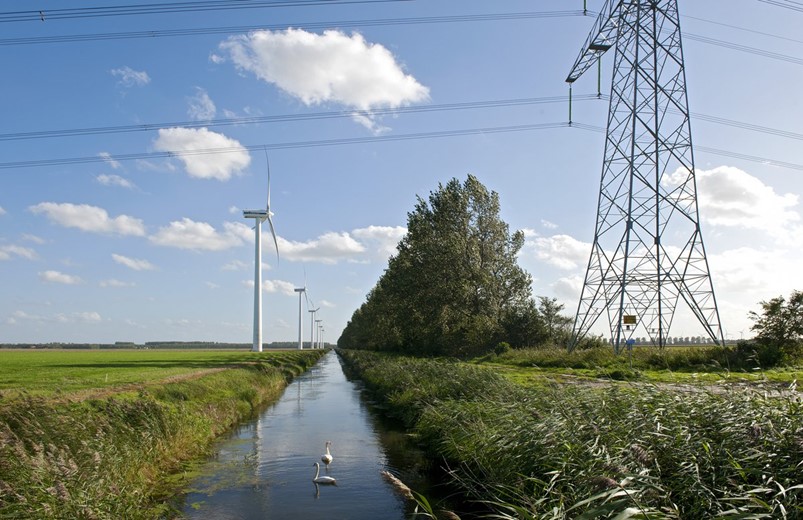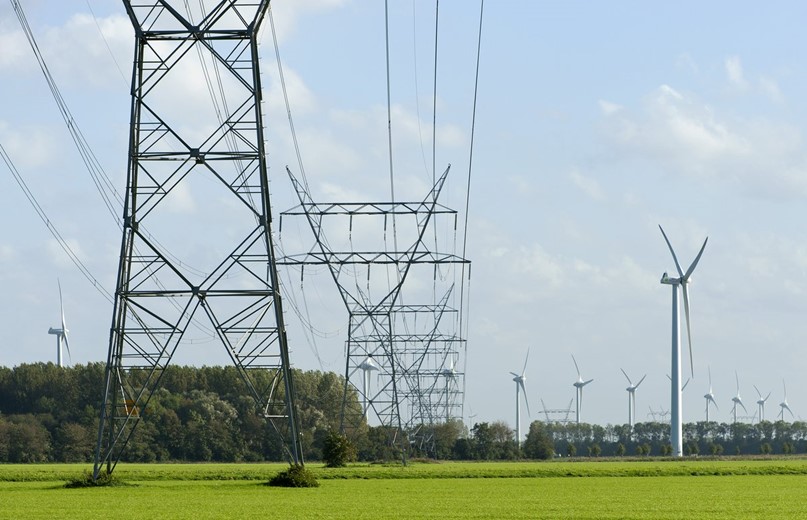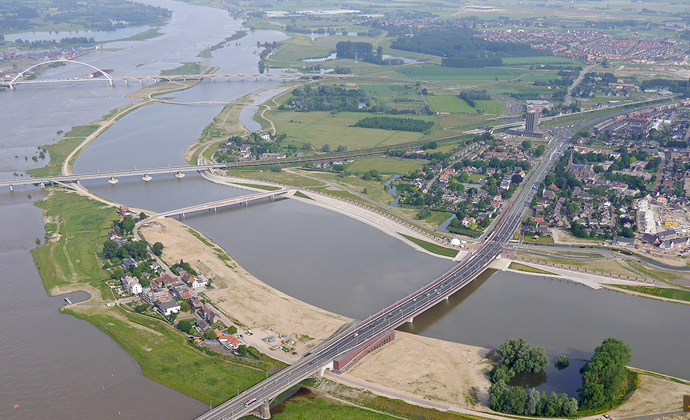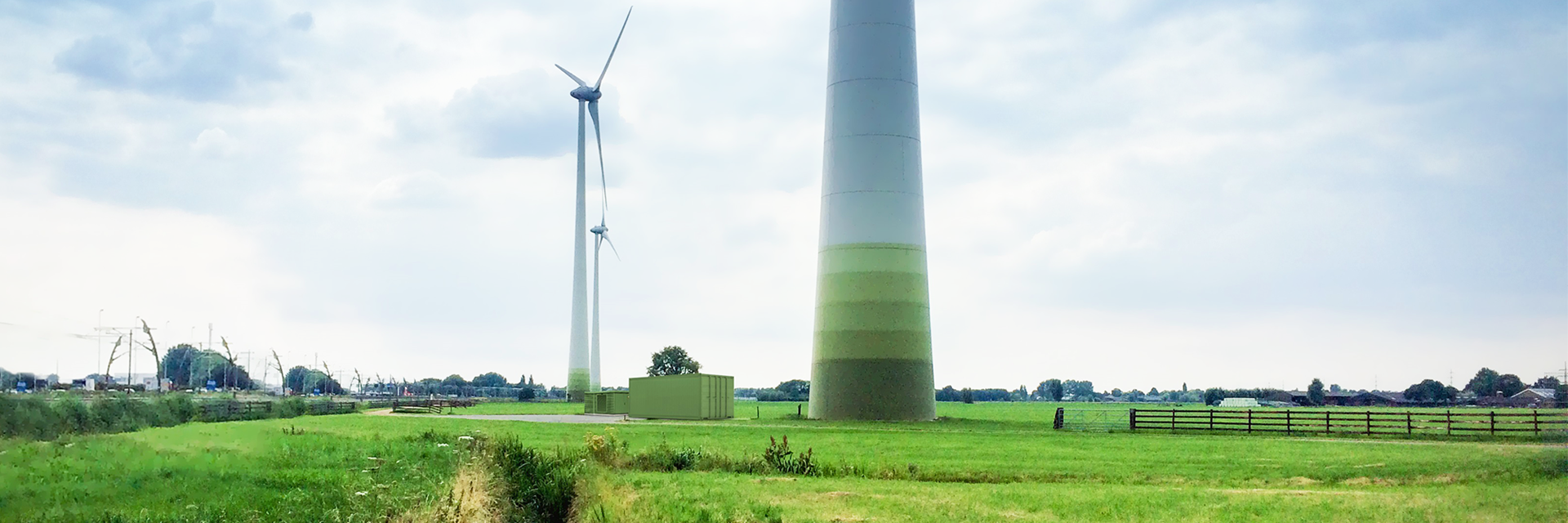
This is the market for aFRR (Automatic Frequency Restoration Reserves), which is also known as regulating capacity. Sources from which the pilot parties plan to supply regulating capacity (aFRR) include: wind energy, solar parks, combined heat and power generation (CHP), heat grids, electric cars, electric boilers and electric pumps.
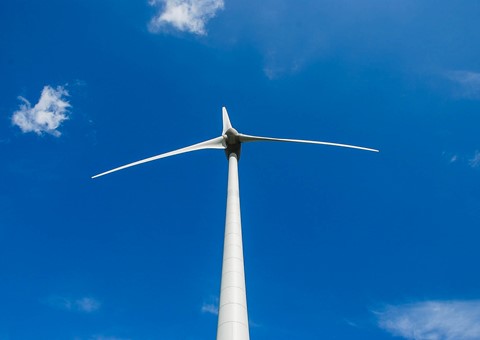
National grid operator
TenneT is the grid operator in the Netherlands, and it is responsible for maintaining the balance between power supply and demand on the high-voltage grid. For this purpose TenneT works with market parties that are able to produce or purchase surplus electricity. This can be done at three different levels; FCR (primary capacity), aFRR (secondary capacity or regulating capacity) and mFRR (tertiary capacity).
Higher demand for regulating capacity
Traditionally, conventional power stations and bulk consumers supply regulating capacity. Due to the increase in renewable wind and solar power generation, there will be more fluctuation in the electricity supply. Moreover, the number of power stations is set to decrease. These changes will increase demand for regulating capacity.
Cooperation
Looking ahead to the future, TenneT is therefore planning to deploy other market players and new technologies. Scholt Energy & Enervalis are among the seven market parties selected by TenneT. The other parties are Engie, Enova, Escozon & Energie Samen, Next Kraftwerke & Jedlix, Sympower and Vandebron. All parties will be contributing and deploying their own new technologies and/or projects.
Next phase
In 2019 TenneT took the decision to embark on the next phase of the project with Scholt Energy & Enervalis, Engie, Escozon & Energie Samen and Vandebron. They in turn will provide a range of technologies to support the regulating capacity. After extensive testing, blockchain technology was chosen to handle the required data exchange process.
